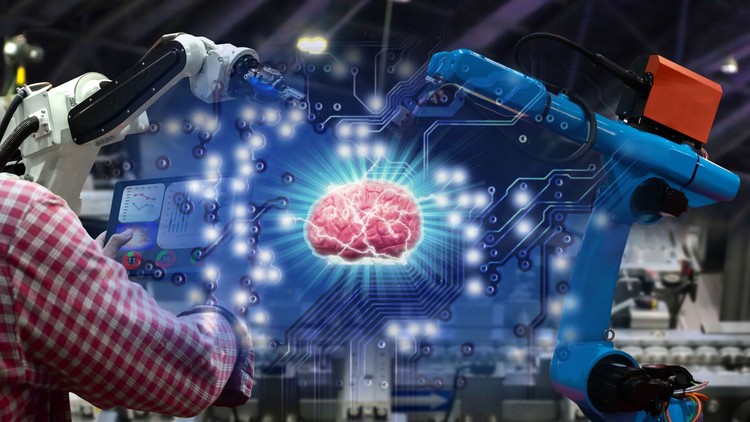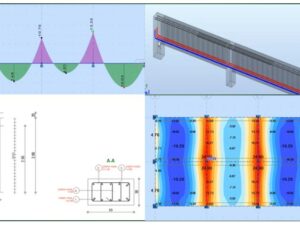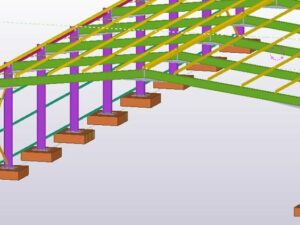Building Smart Factory in the Era of AI and Industry 4.0
- Description
- Curriculum
- FAQ
- Reviews

From Automation to Autonomy
About twelve years after entering the global manufacturing sector’s consciousness, Industry 4.0 seems to have lost much of its novelty. Its principles, technologies, market drivers, and national government policies have become known quantities. Smart factories, the intelligent, hyper-connected production plants at the centre of Industry 4.0, have been translated into detailed analysis and development objects. Our existing manufacturing automation refers to using control and information systems to automate and streamline various production processes, eliminate manual processes, reduce human error and increase productivity. Manufacturing systems are supposed to operate independently, without the need for direct human control. This will involve using advanced technologies such as artificial intelligence, machine learning and autonomous robots to create autonomous production systems that can operate without human intervention, leading to higher production speeds, improved quality and better customer satisfaction.
After three years of a tumbling journey throughout COVID, analysts predict even more robust future growth for smart factories and their contributions to global economic growth. The study by Markets and Markets (Jan 2023) claims that within the next five years, the Industry 4.0 market size will project to reach USD 165.6 billion by 2026 from USD 73.9 billion in 2022 at a GAGR of 20.6%. At the centre of such forecast lies the Smart Factory, which will produce more goods and services at lower costs as the source of these gains. Manufacturers predict that by 2030, smart factories will drive a USD138 billion market.
Whether one believes that the oversized benefits these and other reports describe are achievable, smart factories’ global growth across manufacturing is a real trend, one worth another look.
-
1Smart Factory Introduction 1: From Automation to Autonomy
-
2Smart Factory Introduction 2: Big Changes in the Global Manufacturing Sector
-
3Smart Factory Introduction 3: Manufacturing in the Future
-
4Smart Factory Introduction 4: Manufacturing is not Monolithic
-
5Smart Factory Introduction 5: A new phase of uncertainty and active changes
-
6Smart Factory Introduction 6: Policy maker in developing new approaches
-
7Smart Factory Introduction 7: Potential Manufacturing Pitfalls
-
8Smart Factory Introduction 8: Defending the 21at century factory
-
9Smart Factory Introduction 9: The challenges of smart factory
-
10Smart Factory Introduction 10: Pillars of smart factory
-
11Smart Factory Introduction 11: Smart Factory Benefits
-
12Industrial Internet of Things
-
13The World of Internet-connected Devices
-
14Operation Reliability
-
15How iIoT Improve Manufacturing Operations
-
16Best of two worlds: hybrid cloud services
-
17Real-Life iIoT Manufacturing Use Cases
-
18Easier-to-manage scale up
-
19Why Manufacturers Need an iIoT Platform
-
20Cloud Computing
-
21Cloud computing in manufacturing
-
22Public cloud-enabled operations
-
23Best of two worlds: hybrid cloud services
-
24Product development
-
25Easier-to-manage scale up
-
26Manufacturing Challenges of Cloud Computing
-
27Specialized knowledge and experience
-
28Managing multiple clouds
-
29Edge computing
-
30Edge computing benefits
-
31Big Data Management
-
32Big Data Analytics in Manufacturing
-
33Data's Role in Smart Factory
-
34Integrating Cyber-Physical Systems
-
35Smart Factory Big Data Management
-
36Data Analytics on the Shopfloors
-
37Analytics-based Decision Support
-
38Data Analytics in Action
-
39Analytics Process
-
40Industrial A.I. in Manufacturing - and its Value






Social Network